32. Café Society (2016)
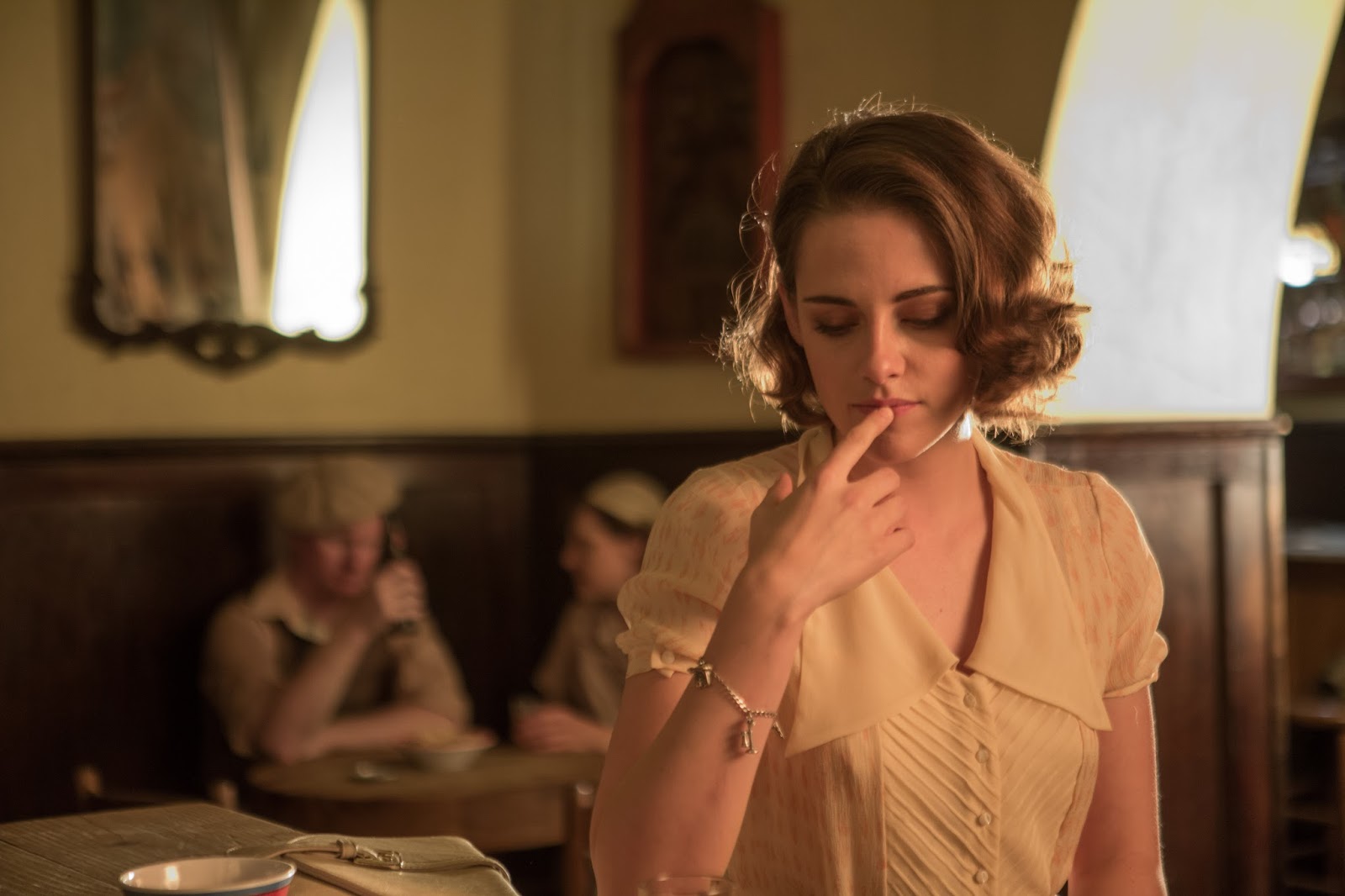
He embraces digital footage for the first time, but continues marching in the rhythm of his own creative drums. The script touches on essential themes in his filmography such as the existentialist discussion about death, the irony of unrequited love, and the acid deconstruction of melancholy nostalgic, with the same vitality of his first works.
In this context, the beautiful tribute he lends to the most famous scene of his career, the Queensboro Bridge of “Manhattan”, takes on even more symbolic contours. And even the off-the-hook narration, a worn-out and usually harmful feature, enhances the viewer’s emotional investment by being championed by the director’s sympathetic voice.
31. The Curse of the Jade Scorpion (2001)
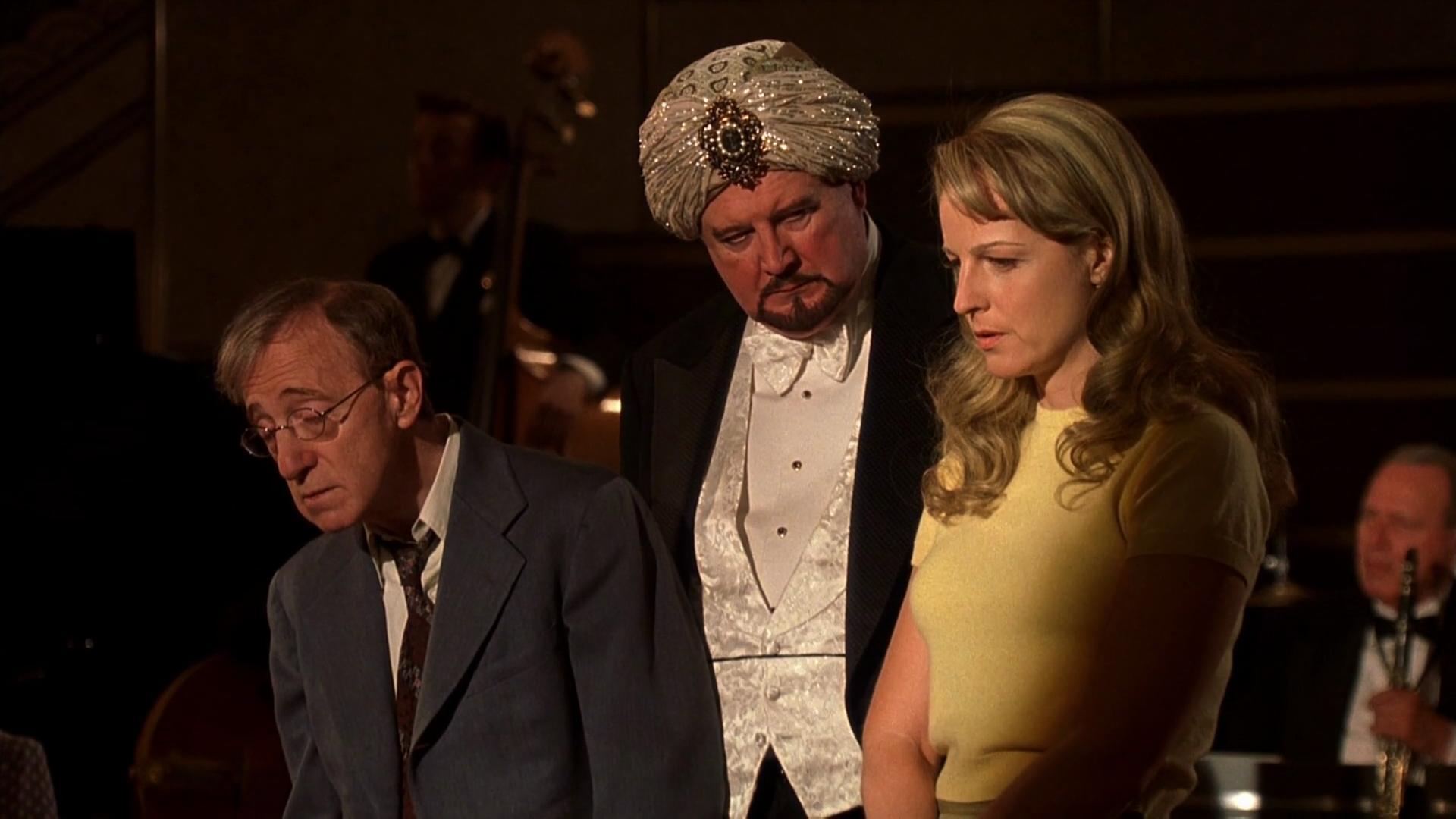
Allen performs a lovely parody of the noir genre, set in the 1940s, terribly attacked by critics at the time, but which, carefully analyzed, proves to be superior to almost every comedy the industry releases on a monthly basis, even nowadays.
30. Scoop (2006)
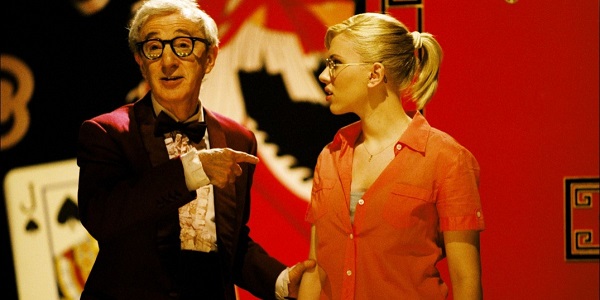
The construction of the character arcs is great and the magician interpreted by the director, even though it is not very necessary in the film, ends up giving that charming tone which improves greatly on revisions.
29. Shadows and Fog (1991)
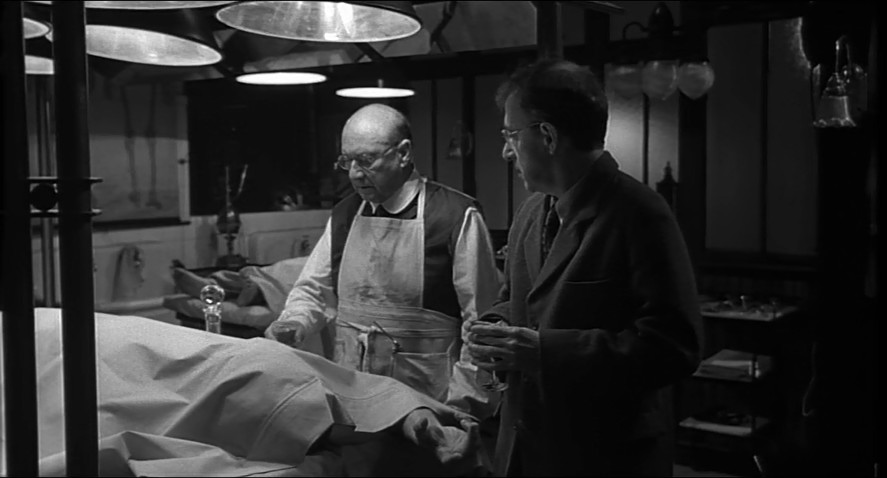
Allen, with one of the best casts he has ever been able to gather, pays a honest homage to German expressionism in the story of a fumbling bureaucrat joining a group of men pursuing a murderer.
28. Melinda and Melinda (2004)
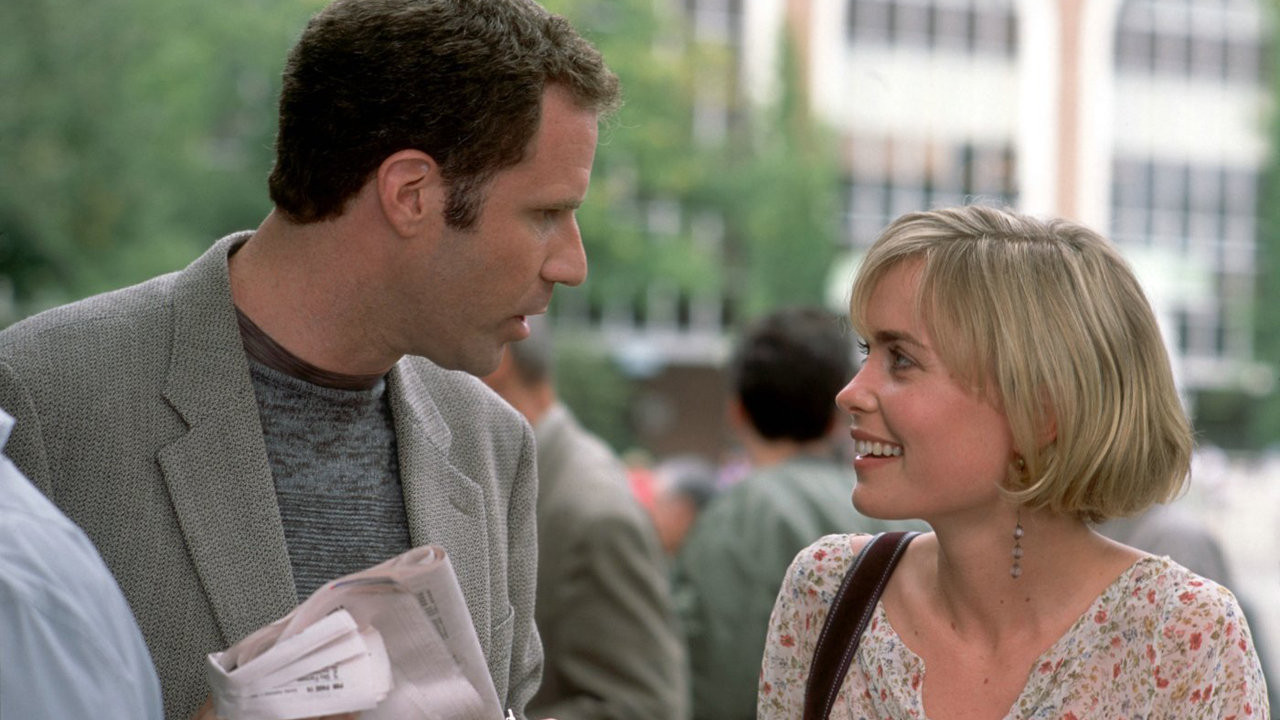
The structure of the story, from two points of view, tragedy and comedy, could be tiresome in less capable hands, but Allen injects undeniable freshness into the project.
27. Whatever Works (2009)
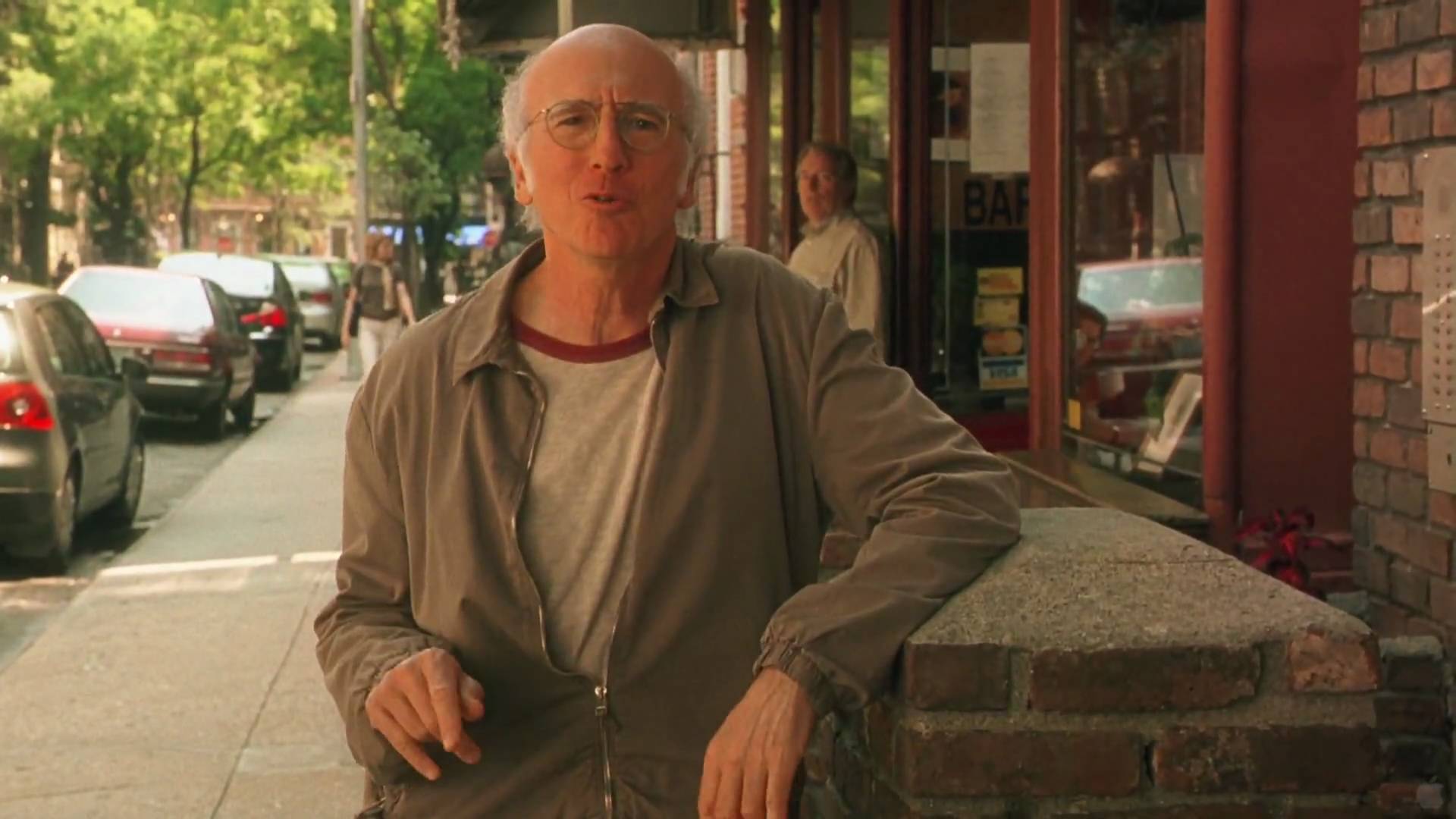
A film with the characteristic existentialist humor of Allen, where a genius Larry David criticizes the dogmas of our society. To the characters, it remains only to watch in shock as their theories of life, their certainties, fall miserably to the ground.
26. Vicky Cristina Barcelona (2008)

Two young women, the conservative Vicky (Rebecca Hall) and the adventurous Cristina (Scarlett Johansson), travel to Barcelona to spend their summer holiday and end up engaging in amorous confusions with an extravagant artist and his insane ex-wife. Something in the tone and rhythm of this film, more than any element of the script, makes us end up wanting to review a kind of a magical aura which permeates the work.
25. Bananas (1971)

Woody Allen’s style was still shaping, but all his courageous irony, as well as his authorial confidence, are already visible in this work, which can be exemplified by the references that are made, such as that of the Odessa staircase in “Battleship Potemkin”.
24. Mighty Aphrodite (1995)

Allen uses a classical Greek theatre chorus in a very clever way, with the presence of F. Murray Abraham to help count ellipses of the narrative while satirising the tragical content of the story. A couple adopts a boy and the adoptive father (Allen) wants to know the biological mother of their son. He discovers that she is a prostitute, played by Mira Sorvino.
23. Blue Jasmine (2013)
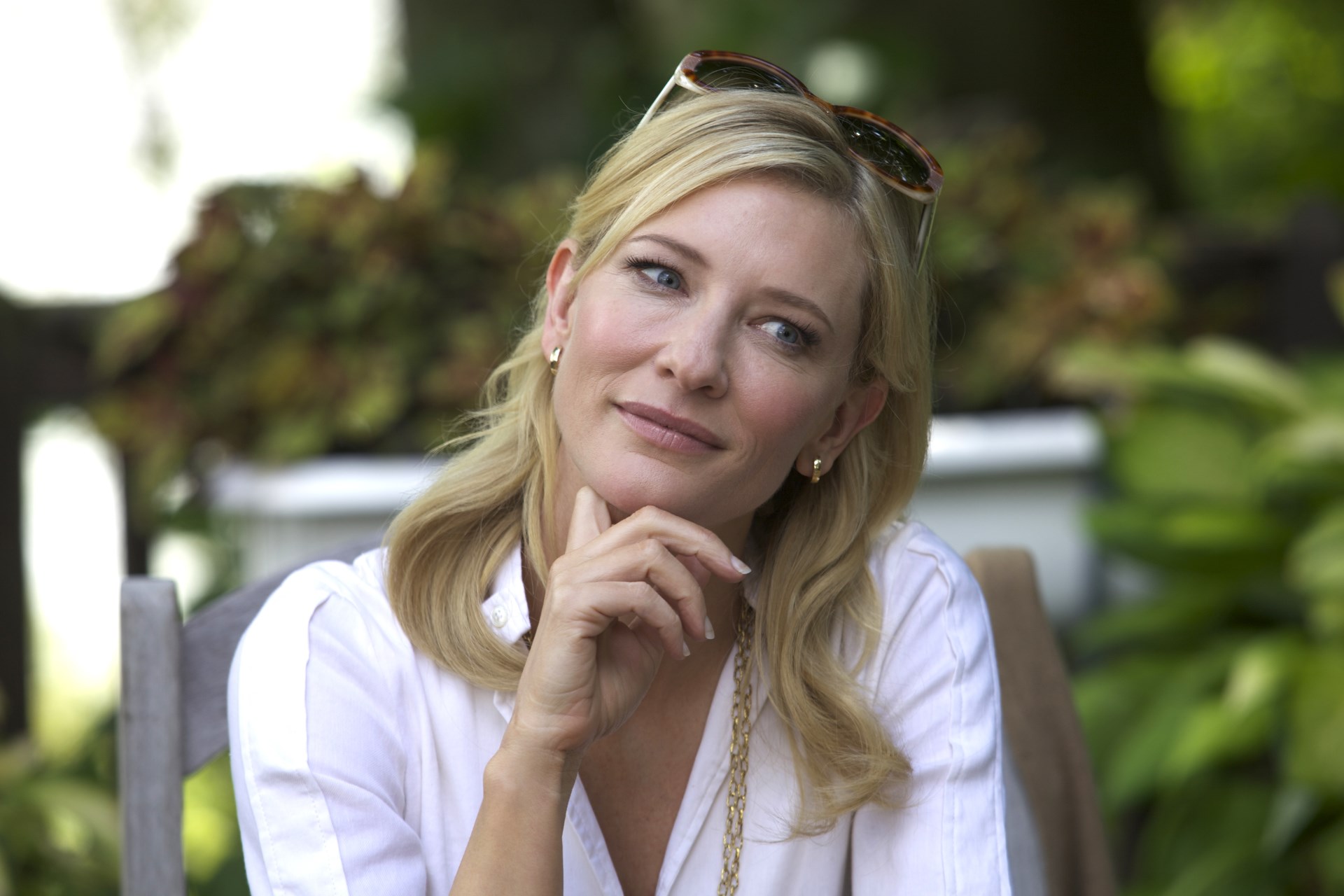
Since “Hannah and Her Sisters”, Allen had not made a female character with such passion for detail, without embracing the ever-comical cartoon of extremes. Completely attuned to the world today, the script establishes a jovial and biting social satire approaching class distinctiveness in a post-economic crisis landscape.
Allen consciously abdicates some of his narrative features, such as his devotion to sentimentality, for the sake of building bolder dialogues that do not spare his characters in any moment. Generosity with his creations has never been the stronghold of the director, but ideological sadism this time resembles at various points the way the writer Tennessee Williams chose to address his plot.
There is something of R.W. Fassbinder, in the way he works the protagonist’s tragedy. He plays with our perceptions the moment we begin to convince ourselves of how the character will act, which leads us to automatically exercise a moral judgment.
The script then hits us with a punch, by making us realize that we are as (or more) vulnerable as the potential target of our stones. After all, we witness the various “Jasmines” that exist in our society, aspiring only to “have” (adding value to futility), living from a languid illusion that corrupts the best human virtues.
22. Sleeper (1973)
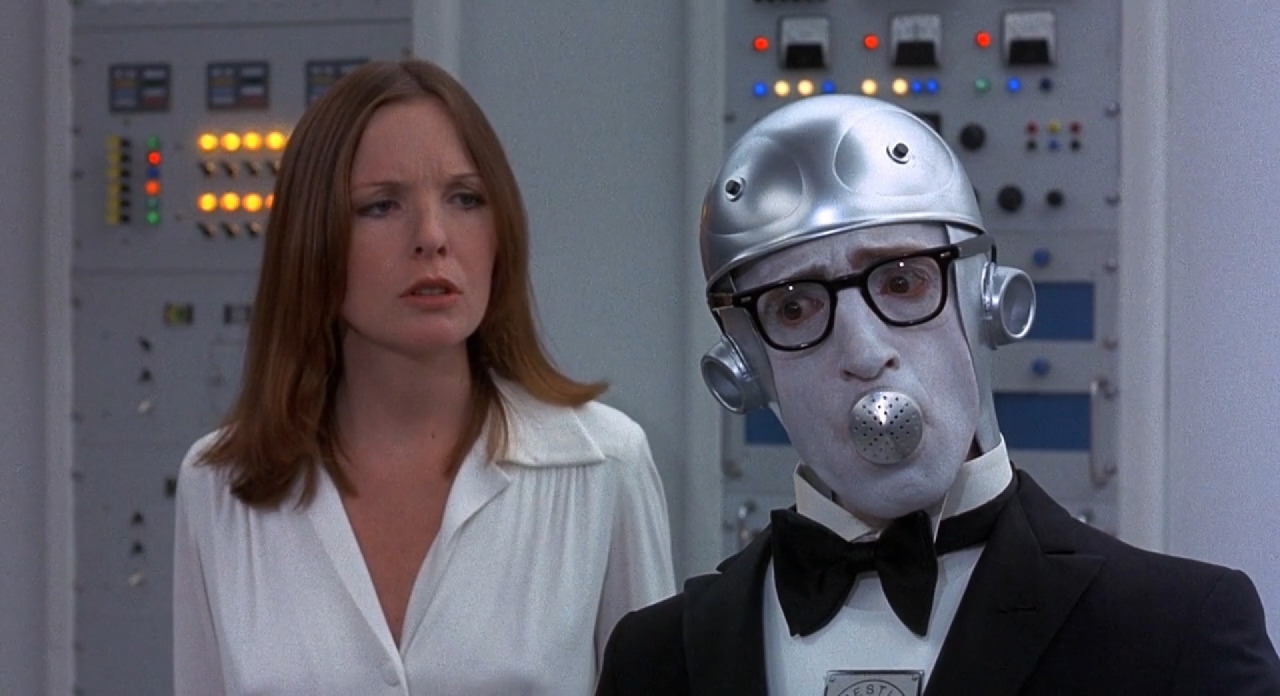
Miles Monroe is admitted to a hospital for a simple operation, but ends up waking up 200 years later in a world inspired by the works of H.G. Wells, Ray Bradbury and George Orwell.
The director even talked to science fiction master Isaac Asimov, assessing how to approach this dystopian world of the future. Of course this chat must have driven much more laughter than real discussions about the topic, since the project proposal was never to deal seriously with the future. Allen was beginning to show a grittier mood, with more elaborate gags.
21. Anything Else (2003)
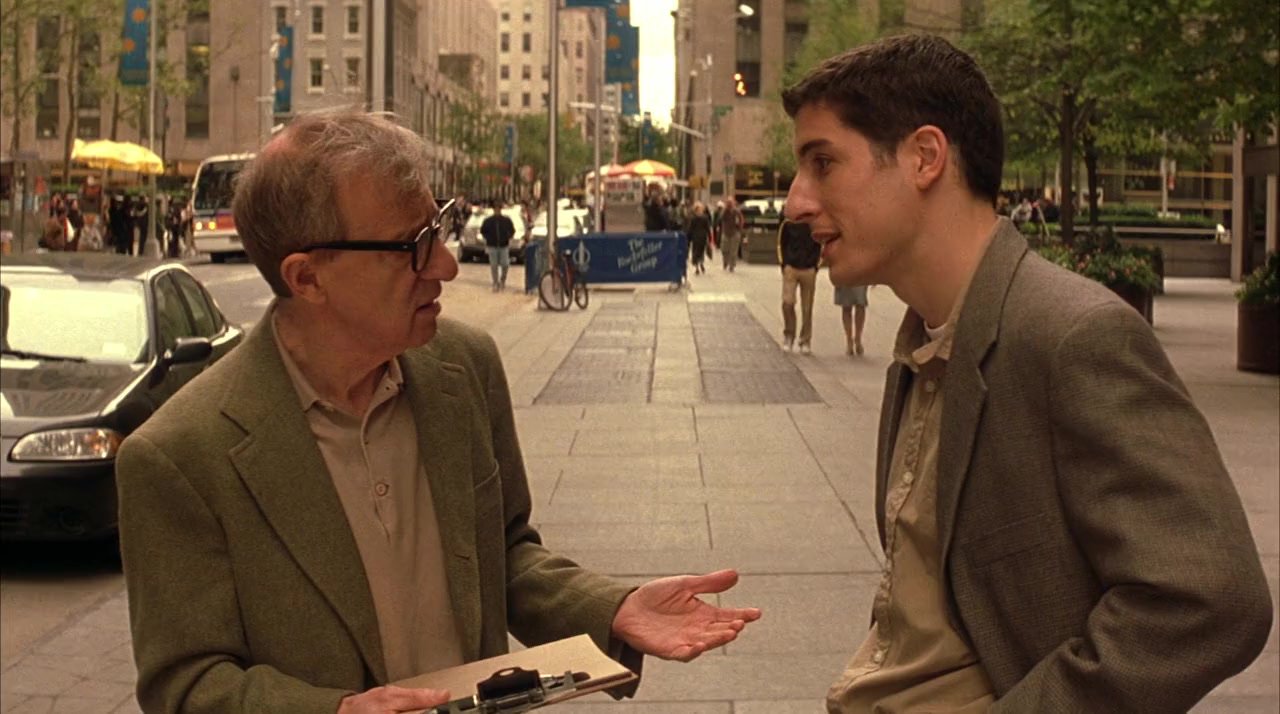
In Jason Biggs, Allen’s bold option, we find the young version of the type that the filmmaker defended for most of his career. The script builds a humorous philosophical tangle from a simple-minded situation that happens on a taxi ride.
20. Radio Days (1987)

At the beginning of World War II in New York, a simple Jewish family has their dreams inspired by the radio programs of the time. The film mingles the nostalgic vision of a narrator to the innocence of his childhood. The radio, the union factor of the family, revealed behind the sound waves.
19. Stardust Memories (1980)

In the film, Allen explores one of the consequential aspects of fame, the gathering of an entourage of admirers, some even fanatics, who seek in the director a satisfaction of their personal desires. His character seeks out a new path, an artistic challenge, experimenting in different genres, but his audience quizzes him loudly and rejects him.
Surely it is a response of the filmmaker after the cold reception of the public with his project of dreams: “Interiors”. His fans are portrayed by the ugliest extras and caricatures already assembled in a single project. They constantly approach him with absurd arguments, analyze his works out of context, and interpret them in the most misguided way (“the humorist is a symbol for homosexuality”), interrupting him in routine situations to apply for a job. Even beings from space descend from their ships to assert to him that they prefer their early comedic films.
18. Interiors (1978)
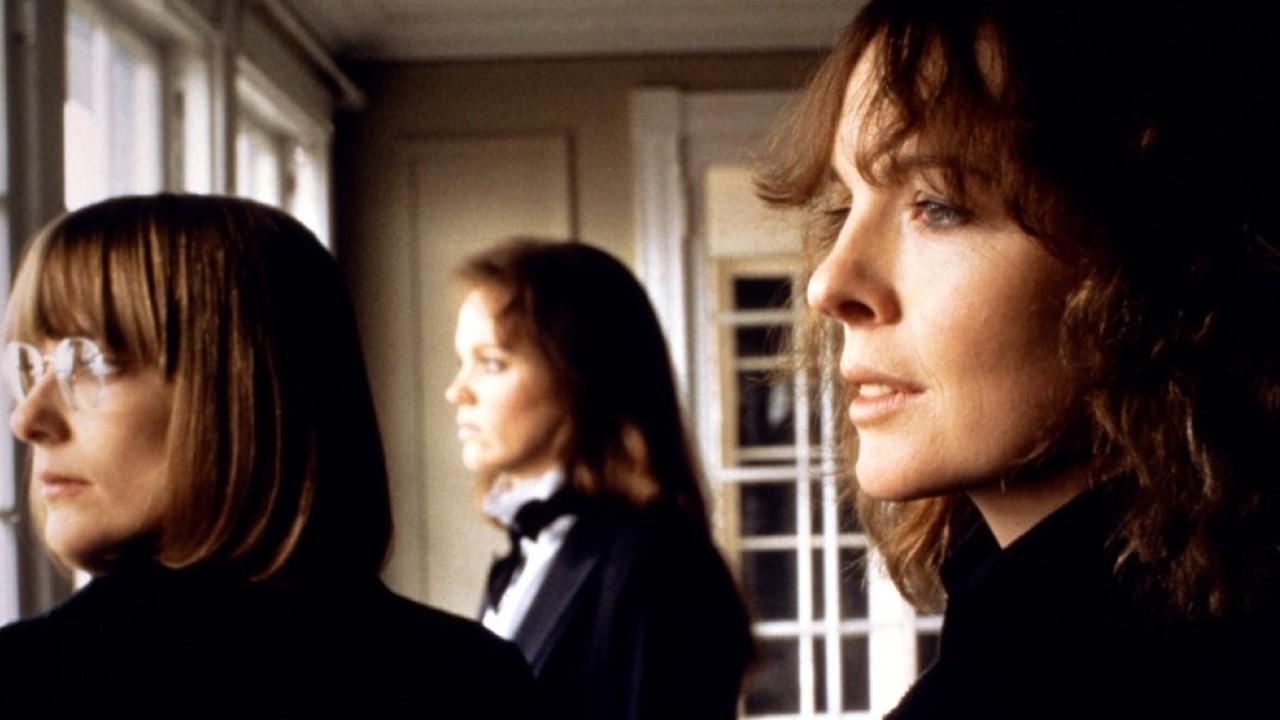
The commercial success of the previous film only established, more so, in the director’s mind, the desire to demonstrate to be able to emulate his idol: Ingmar Bergman. He always underestimated the value of his own works, comparing them with the works that were performed by other, more engaged directors of the day, without realizing that laughter is a more forceful criticism than austerity.
The fact is that the film deals with a very strong theme, without ever appealing to the necessary subterfuge of comic relief, making everything very reflective and austere.
17. Manhattan Murder Mystery (1993)
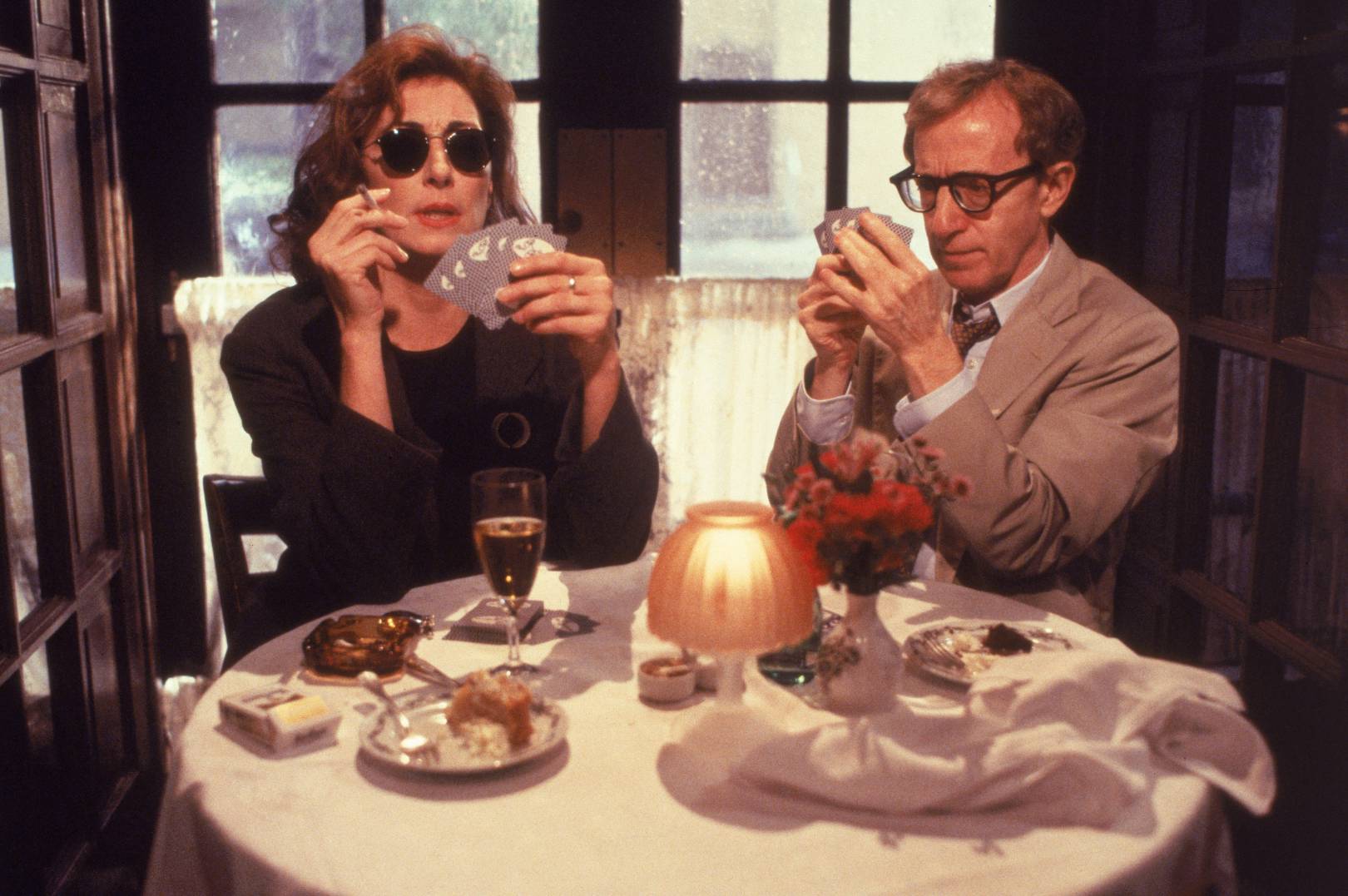
How fascinating to realize the irresistible chemistry between Woody Allen and Diane Keaton, one of the best movie partnerships. The humor that sprouts in pieces subtly inserted between dialogues, a constant game of scene between two artists that make clear the love and respect they feel for each other.
After a long hiatus, symbolized by the erratic Mia Farrow era, the duo meets in a plot that honors the formula of classic Hollywood detective thrillers. The director always wanted to approach this universe, so he took a tense moment in his life to relax in the project, like a well deserved vacation. This more unpretentious attitude in filming ends up being positively reflected in the end result, considered by many to be his funniest film of the decade.
In the most tense scenes, putting into practice the teachings of Hitchcock, Allen insists on exposing the public to the dangers, leaving him always ahead of the characters, which enhances the suspense, balanced with his characteristic sense of humor, an element that, in a different tone, was also present in the films of the British master. I quite like the way the script instills his wife’s obsession as the catalyst for a welcome renewal in that worn-out relationship. The clumsy investigation connects the couple again.
It is also interesting how the plot, in a layer of interpretation less apparent, conflicts with the concept of art socially considered as serious and respectable (the husband does not bear to listen to opera), and popular art, cinema, specifically the comedic genre, that playfully framed the ending with the direct reference to “The Lady from Shanghai” by Orson Welles.